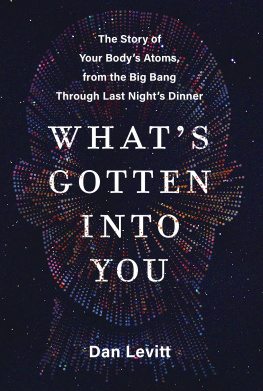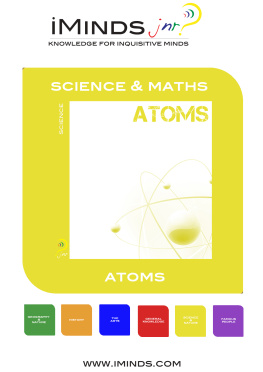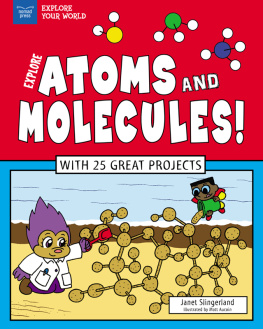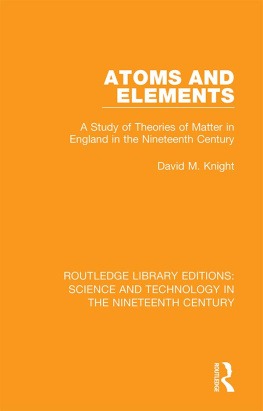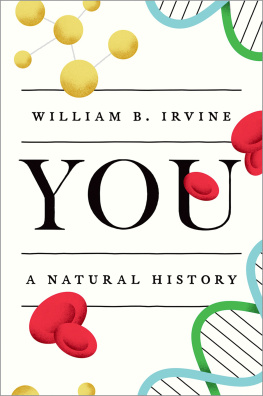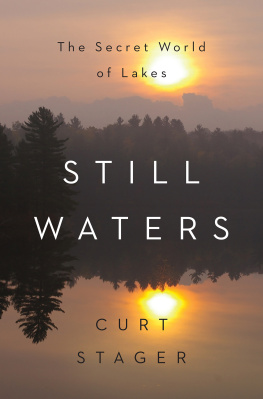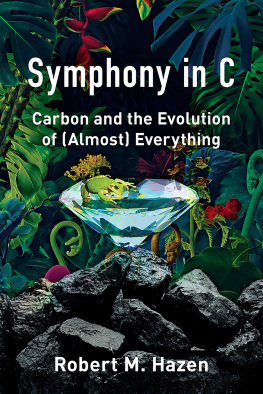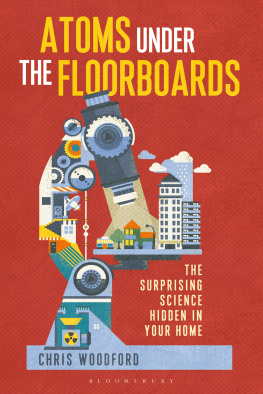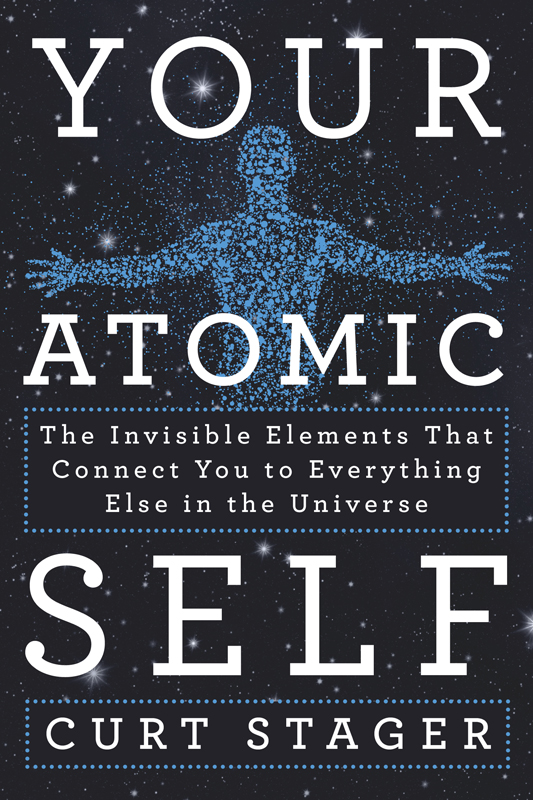Contents
Guide

The author and publisher have provided this e-book to you for your personal use only. You may not make this e-book publicly available in any way. Copyright infringement is against the law. If you believe the copy of this e-book you are reading infringes on the authors copyright, please notify the publisher at:
us.macmillanusa.com/piracy.
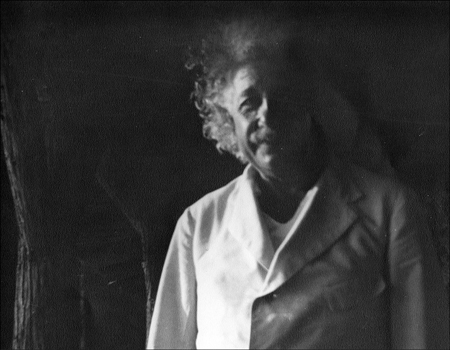
Albert Einstein at the Knollwood boathouse on Lower Saranac Lake, NY. This photo, published for the first time, was taken with a Brownie camera during the summer of 1936 by Knollwood resident David Billikopf, then age ten. ( Courtesy of David Billikopf )
To the Albert in all of us
Acknowledgments
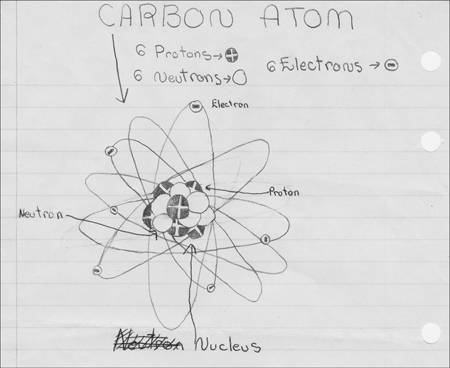
My interest in atoms dates back to my childhood, as the scan of a sixth-grade homework assignment attests. Thanks go to my sister, Leslie, for saving that paper from a trash pile and to the teachers who encouraged my enthusiasm for the sciences in those early days, as well as to all educators who likewise open doors for others.
Thanks to David Schindler for providing the photo of Lake 226, to Suketu Bhavsar, Craig Bohren, Neil Comins, Jeff Couture, Tim Garrett, Charlie Jui, Ralph Keeling, Luiz Martinelli, and Tom Reimchen for informing and fact-checking the text, to Lee Ann Sporn for setting me straight on the inspiration of oxygen, and to Australian radio host Richard Fidler for asking me to follow in words the carbon atoms in a puff of human breath as they travel throughout the world. Thanks also to Paddy and Mike Root for introducing me to Einsteins house, to David Billikopf along with Amy Catania and Mary Hotaling of Historic Saranac Lake, Peter Benson and Michele Tucker of the Saranac Lake Free Library, and Peter Crowley of the Adirondack Daily Enterprise for photos and research assistance regarding Einsteins visits to the Adirondacks, to Patty McDonough for training (and maintenance) in the science of hair, and to Hans Bnziger for having the presence of mind to snap the unforgettable photo of his encounter with a tear-drinking moth as well as for letting me share it with you. Kary Johnson, Lee Ann Sporn, Craig Milewski, Laura Rozell, Asha and Jay and Devora Stager, and Bill and Susan Sweeney read the manuscript and gently passed along rich crops of suggestions that have made me look like a better writer than I actually am.
I am grateful to my to-die-for agent and champion, Sandy Dijkstra, along with her associates at the Sandra Dijkstra Literary Agency, for their support and guidance, as well as to my superb editor, Peter Joseph, and the rest of the crew at Thomas Dunne Books and St. Martins Press who expertly shepherded me and this book through many twists and turns. David Verardo of the National Science Foundation and my Natural Selections colleagues, Martha Foley and Joel Hurd, at North Country Public Radio have done much to make me a better science communicator. So, too, have my students and fellow faculty members at Paul Smiths College during the last two and a half decades. These people in addition to the Paul Smiths staff, trustees, and a long list of others have done the North Country a great service by helping to make this remarkable little college on a lake in the mountains an ever-more-vibrant learning environment and a fantastic community to belong to. And as always, my wonderful wife, Kary, has been my most insightful, helpful, and inspiring companion in every aspect of this project as well as in the rest of my life. She takes great photos, too, and has kindly let me use some of them here.
Thank you to Albert Einstein and other scientists both famous and unknown, whose explorations have helped to make this one of the most interesting and transformational periods of human history. And special thanks to all scientists who realize that effective communication with the public is an important skill to be developed and respected, and who consider it an obligation as well as a passion to pursue it.
Finally, heres to those ancestral stars whose relatively short lives and violent deaths made usand our atomswhat we are.
Contents
Prologue: Your Atomic Self
Unknowingly, we plough the dust of stars, blown around us by the wind, and drink the universe in a glass of rain.
Ihab Hassan
One thing I have learned in a long life: that all our science, measured against reality, is primitive and childlikeand yet is the most precious thing we have.
Albert Einstein
What could be more interesting than the story of your life? Well, good newsthats what this book is about.
Although the text often refers to atoms, they are merely the supporting cast. You are the main character with whom they will interact as you go through the routines, the ecstatic successes, and the profound tragedies of daily life. My role will be to try to show how those same atoms connect you to some of the most amazing things in the universe.
What do atoms have to do with you? Everything. They were present and intimately involved when you and everyone you have ever lovedor hateddid everything that you and they have ever done. Every scent youve ever savored, every sight youve ever seen, every song youve ever enjoyed, every cry or sigh that ever passed your lips sprang from atoms at work within the atmosphere and the darkest recesses of your body. When you eat, the bodies of other living things become part of you. If you cut yourself, the wreckage of dying stars runs out in a stream of ancient atoms that triggered some of the most violent explosions in the cosmos. When you flush your wastes, you scatter the atomic echoes of lightning bolts and volcanoes into a global cycle that may some day return them to you, as unpleasant as that may sound. And whenever you grin, the sparkling of your teeth conceals the dim afterglow of nuclear fallout from Cold War bomb tests over the Pacific.
You are not only made of atoms; you are atoms, and this book, in essence, is an atomic field guide to yourself. All you need in order to interpret your life in primal elemental terms is access to some of the latest scientific information, some new ways to reconsider your world in light of it, and an active imagination. In doing so you will begin to experience a revolution in self-awareness that is playing out on a larger scale around the world.
Long after leaving the Neolithic cultures in which we learned to make crude implements from rocks and minerals, we are entering what might be called a neo-Neolithic stage in which the exquisitely crafted silicon chips of computers and the polished glass and metal of powerful microscopes and telescopes enhance our lives and inform our senses. With those new tools to help us build upon knowledge left to us by our forebears, we can replace the early Greek concept of four primary elements of creationair, water, earth, and firewith a richer and more useful worldview that arranges more than a hundred kinds of atoms into an orderly periodic table of elements. It shows that the first three items on the traditional list are not fundamental elements but compounds, and that fire is more of a process than an indivisible substance. Such a perspective also helps to reveal with scientific rigor the hidden connections that physically link our bodies as well as our very thoughts and feelings to the atoms of the earth. And in this age of intense technological, cultural, and environmental change, knowing just how intimately bound we are to this planet and to one another has become crucially important. Today more than ever, the lessons of science are key to the well-being of billions of people and the ecosystems that sustain them.


